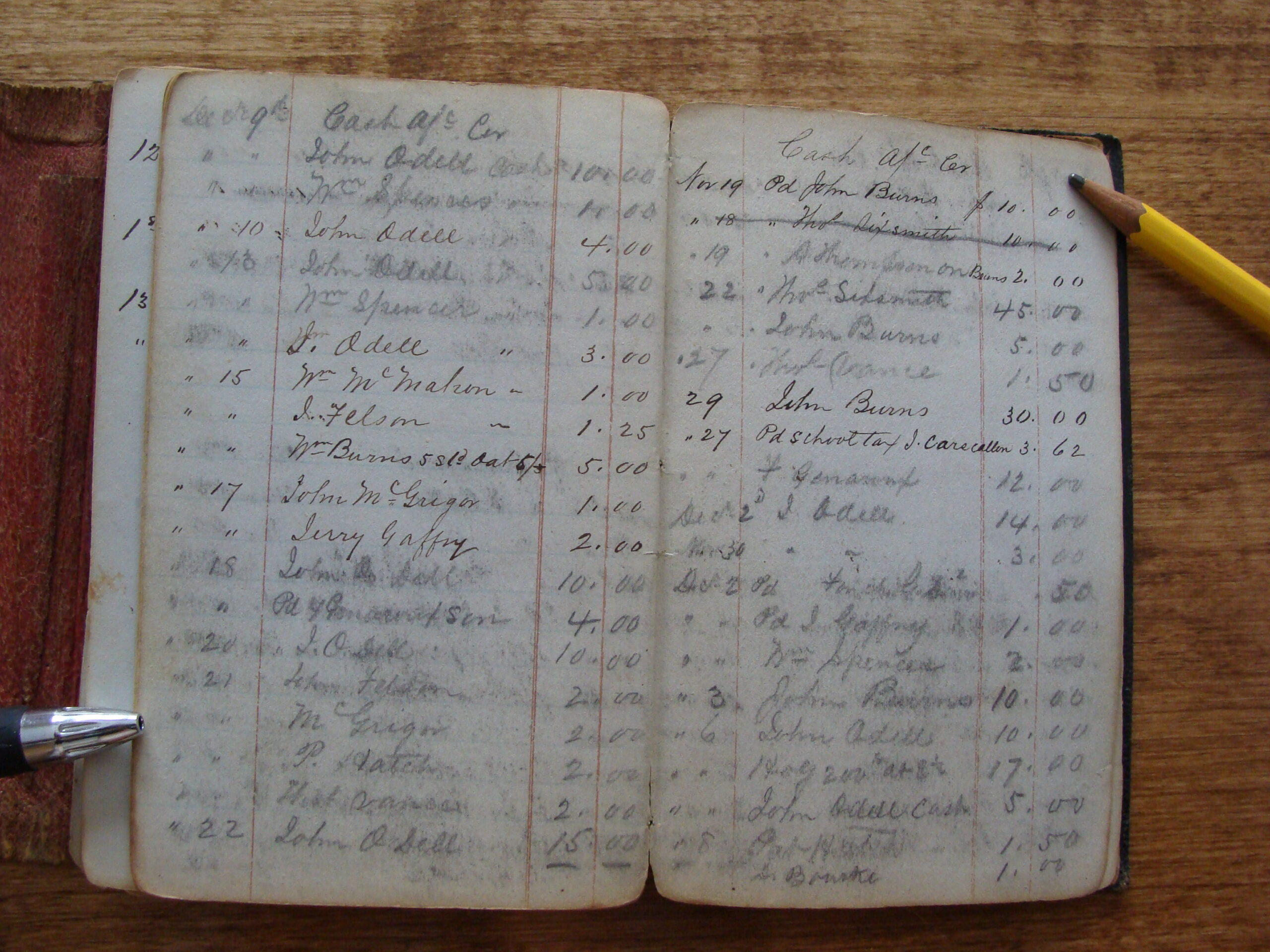 The most common source for address lists in City and County governments is the Assessor’s database. On the surface, this makes sense given that addresses fall on parcels, and the Assessor does a pretty good job keeping its data up to date. But anybody who has scratched the surface of Assessor data will quickly see that there are some serious limitations to site addresses sourced from an Assessor database.
The most common source for address lists in City and County governments is the Assessor’s database. On the surface, this makes sense given that addresses fall on parcels, and the Assessor does a pretty good job keeping its data up to date. But anybody who has scratched the surface of Assessor data will quickly see that there are some serious limitations to site addresses sourced from an Assessor database.
To understand why this is the case, first look at the mission of a County Assessor. The Assessor’s mission is simply to identify tax parcels – or more accurately, tax accounts -, track their assessed valuation (in California, consitstent with the rules laid out in Prop 13), and track each parcel’s owner name and mailining address so the tax collector can send a yearly property tax bill. Nowhere in this mission is there a requirement or mandate to track the address (or addresses) that fall on the tax parcel. Hence, the County Assessor only maintain situs address data for the convience of appraiser staff or for the benefit of other departments who use their data. In short, the Assessor has no significant business need to maintain situs address information.
When one looks closely at an Assessor tax role table, this reality is reflected in the situs address data. In every single tax role file that I have ever seen (with the exception of Solano County), each APN is related to one and only one situs address. This is a significant problem in apartment buildings, for instance, where you may have hundreds of site addresses on a given parcel, or in tenancies in common where you can have one address that links to many tax bills (hence APN’s).
So what’s a well-meaning Planning or Public Works Department to do? I think the future of municipal address management is stand alone, Spatially-enabled Enterprise Addressing Systems. A good Enterprise Address System should maintain the complex relationships between streets, parcels, and addresses, and provide an editing interface accessible to people who do not have a master’s degree in GIS.
You can learn about the Enterprise Addressing System that we built in partnership with the City and County of San Francisco, and you should check out the Enterprise Address Repository & Maintenance Solution blog post series written by Farallon’s CEO, Dennis Wuthrich.




